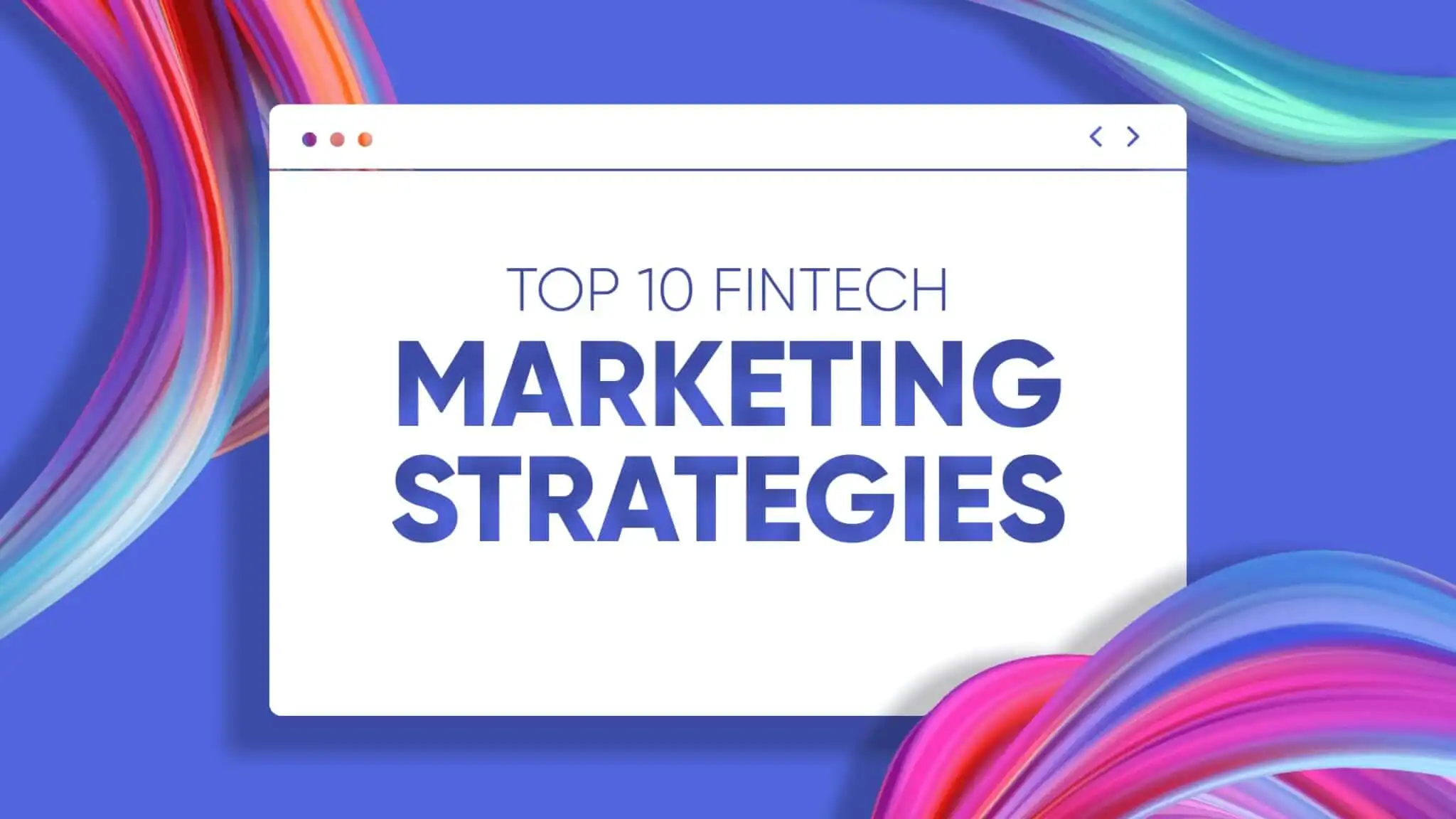In recent years, a revolutionary concept has taken the digital world by storm – Non-Fungible Tokens (NFTs). These unique and groundbreaking digital assets have sparked a global phenomenon, reshaping the way we perceive ownership and value in the digital realm. In this post, we will dive into the world of NFTs, exploring what they are, how they work, and their potential impact on various industries.
Understanding NFTs
Non-Fungible Tokens, or NFTs, are a type of digital asset that represent ownership or proof of authenticity of a specific item, piece of art, music, video, or any other digital content. Unlike cryptocurrencies such as Bitcoin or Ethereum, NFTs are indivisible and cannot be exchanged on a one-to-one basis. Each NFT is unique and contains metadata that defines its distinct characteristics, making it impossible to replicate or counterfeit.
The Mechanism Behind NFTs
NFTs operate on blockchain technology, which ensures the security and immutability of ownership records. Most NFTs are built on Ethereum, one of the leading blockchain platforms. The ownership and transaction history of NFTs are recorded on the blockchain, providing a transparent and verifiable way to prove ownership and track the asset’s history.
NFTs and Digital Ownership
The concept of NFTs has ignited a paradigm shift in the digital ownership landscape. Before NFTs, owning a digital asset typically meant having a copy of it stored on your device. With NFTs, ownership is verifiable, unique, and transferrable. Artists, musicians, and creators can now monetize their digital creations directly, without the need for intermediaries, while collectors can truly possess and showcase their digital art collections.
Impact on Art and Creativity
The art world has experienced a significant transformation due to NFTs. Artists can now tokenize their digital artworks and sell them as NFTs, allowing for direct transactions and royalties every time the artwork changes hands. This newfound control has empowered artists and challenged traditional art market structures.
Beyond Art: NFTs in Other Industries
While NFTs gained prominence through art, their applications extend far beyond the art world. Industries such as music, gaming, fashion, real estate, and even virtual real estate have begun to explore the potential of NFTs. Musicians can release albums as NFTs, gamers can own in-game assets securely, and real estate transactions can become more efficient through tokenization.
Navigating Challenges and Future Prospects
Despite their rapid rise, NFTs also face challenges, including environmental concerns related to energy consumption and the potential for copyright infringement. As the NFT ecosystem evolves, these challenges are being addressed through various technological and regulatory initiatives.
In conclusion, Non-Fungible Tokens have opened the doors to a new era of digital ownership and creativity. With the ability to authenticate, buy, sell, and trade unique digital assets, NFTs have captured the imagination of creators, collectors, and investors alike. As technology advances and industries continue to adapt, the potential of NFTs to reshape how we interact with and value digital content is truly limitless.
Whether you’re an artist looking to monetize your creations, a collector seeking to own a piece of digital history, or simply curious about the next digital frontier, NFTs are undeniably a phenomenon worth exploring. The age of digital ownership has arrived, and NFTs are leading the charge into this exciting new territory.



